[pp 129-133] Vandalism and destruction along the great fault line of the Sahel
“We have come here to teach you the true faith,” says a tall mujahid, or Islamist soldier, to a small gathering of local Timbuktu people. He wears a plain brown bouboul – a traditional ankle length robe – and a light sandy coloured cheche, the turban worn by men, which covers his entire head, leaving only his eyes visible to the world. An AK47 hangs over his left shoulder, and khaki pouches festoon his belt. His voice is calm, ‘reasonable’, and his hands accompany his words with elegant gestures.
A local Songhai man gives the camera capturing the scene a bemused, conciliatory smile. He looks neither doubtful nor convinced, just gently puzzled. “Ouaha,” someone says softly in Arabic, “ok.” The mujahid and his fellow fighters continue to smash up old wooden statues of African deities, pounding them into the dusty street of Timbuktu. They’re the kind of statues that might have sat in the corner of a local home, like old friends, or formed expectant ranks in the dark interior of some local tourist emporium, waiting to be bought and carried back to Europe as a memento; dusty, mute and alien to foreign eyes.
Then another mujahid brings out a piece of paper, on which a benediction has been written. With it, he holds a little wrap containing a talisman, the kind that thousands and thousands of Malians wear in small leather pouches around their necks as a humble plea to invisible powers for protection and baraka – blessings. The mujahid brandishes the paper as if it were proof of some great sin and unwraps the package in front of his audience, which comprises mostly children who can barely hide their puzzled glee at this unexpected diversion from the banality of their daily routine. The mujahid then lights the piece of paper and holds disdainfully between thumb and forefinger while it burns to ash.
Just a piece of paper. Just a little wrap. Just an old statue. Just a mud hut.
The tomb of Sidi Mahmoud Ben Amar Mohammed Ben Aqit, which used to stand to the north of Timbuktu in the cemetery that also bears his name, was certainly no architectural marvel. It was a simple one roomed adobe hut, with old wooden roof joists, semi-ornate doors and windows and a rendering of more modern breezeblocks to protect it from the annual rains. During the saint’s lifetime, this modest structure had been part of his home. Around him in the Sidi Mahmoud cemetery lay the tombs of another 167 of Timbuktu’s 333 saints.
When mujahedeen claiming to belong to the Touareg militia Ansar ud-Dine, but more likely to be affiliated directly to Al Qaida in the Islamic Maghreb, came to vandalise the tomb on Friday May 4th 2012, there was little danger of the world losing a grand piece of architectural heritage. This wasn’t the Taj Mahal or the mausoleum of Tamerlane in Samarkand. But something was most definitely lost, something more powerful to local people than art. It was the peace and repose of a friend, a protector; it was a sense of respect and reverence that made life stable and liveable; it was a place to contemplate, to give thanks, to utter supplications for comfort or good fortune; it was a piece of history of immense worth not only to Timbuktu, but to the whole of Africa and the Muslim world.
It was this symbolic value that the Ansar ud-Dine militiamen objected to. “What you’re doing is sinful! Ask God directly, rather than a dead man,” they shouted at the mute crowd who had been carrying out their observances at Sidi Mahmoud’s tomb that Friday of prayer. An angry cluster of bystanders gathered to watch as the mujahedeen, led by a Mauritanian man who had just arrived in Timbuktu for the purpose, smashed the door to the mausoleum and ripped down the thin white veils covering the tomb of the saint. Those veils, left by supplicants in the hope that their prayers would be granted, were then burned in full view of the onlookers. One of them tried to protest, but he was bound, gagged and bundled into the boot of a car. It wasn’t the first such act of religious iconoclasm in modern Malian history, but it was the first to make a victim of the memory of a saint as great as Sidi Mahmoud and it provoked local grief and international outrage.
In important ways, the scenes of vandalism and destruction that were played out in Timbuktu following the Salafist takeover in April 2012 weren’t new at all. There was something very old about them. Mostly white Arabic or Hassaniya speaking men from the northern deserts were ‘teaching’ the blacks how to worship Allah in the ‘proper’ manner. Granted, some of the mujahedeen might have been black Africans from the Nigerian Islamist terror group Boko Haram or soldiers of fortune from southern Mali, Burkina Faso, Senegal and Guinea. But the ringleaders and spokespersons were mainly Arab northerners; either local Berabiche from the Timbuktu region, Sahrawis from northern Mauritania and Western Sahara or Algerians from the Touat and Tidikelt. Some of them were Touareg. Just as the Ikhwan of Saudi Arabia unleashed their righteous ire on the people of the Hijaz, the AQIM overlords of Timbuktu were imposing an alien religious philosophy by force of arms on local people with a very different cultural outlook to theirs and, in this case, a different skin colour too. It was a scenario that had been replayed for centuries along the cultural ‘fault’ line that stretches from Mauritania in the west to the Sudan in the east, separating the ‘white’ Arab and Berber people of the north from the ‘black’ African peoples of the south.
Unsurprisingly, black Malian religious leaders were averse to the idea of being re-educated about Islam whilst men from the north pointed a gun at their heads. Something that characterised many of the local responses to the Salafist occupation of Timbuktu and other parts of northern Mali was the defiant claim that Mali had no need of any lessons from strangers on how to be good Muslims. Mali is proud of its own religious traditions, however innovative and sinful they may seem to the followers of Abd al-Wahab.
After the Islamist takeover there was a constant war of words between the leaders of AQIM, MUJAO and Ansar ud-Dine and the religious hierarchy in the larger northern towns. Points of religious law were debated with the imams of the great mosques, often on absurdly abstruse grounds of contention. A fine example occurred when the Islamist occupiers entered the Djinguereber Mosque in Timbuktu to try and prevent the Grand Imam from using a microphone and loud speakers during prayers. For the Salafis, the use of such a modern technology was anathema simply because it didn’t exist in the time of The Prophet. The imam of Djinguereber turned the argument on its head and asked the assailants to produce the verse from the Quran that specifically forbids the use of microphones and speakers during prayers. The Islamists had no answer and grudgingly left.
“Everything they do is contrary to the principles of Islam,” was the sweeping rebuff expressed by Alphadi Wangara, the imam of Sidi Yahya mosque in Timbuktu, in an interview for the Malian newspaper 22 Septembre. “That’s been obvious from day one. At the first meeting they held with all the imams of the city, they wanted us to believe that they had to come to move Islam forward in Timbuktu. We’ve subsequently learned what their word is worth… We met them and made it clear that we know the principles of Islam. The Prophet Mohammed, peace be upon his name, explained the word of God to men using his wisdom. We pointed out to them that the very fact they’re trampling our soil, forcing their way into places of worship and roaming around town with their weapons in their hands is forbidden under Islam. All good Muslims know that in order to impose shari’a law, one must be righteous oneself. Whereas these Islamists are far from being righteous men.” The fact is however, that imam Wangara gave this interview in Bamako. In order to speak his mind without fear, he had been forced to leave his home and go into exile. The pride and defiance of Mali’s traditional religious leaders meant little in the face of whips and AK47s.
Taken from the book Music, Culture & Conflict in Mali by Andy Morgan (Freemuse Publications)
(c) Andy Morgan / Freemuse Publications 2013

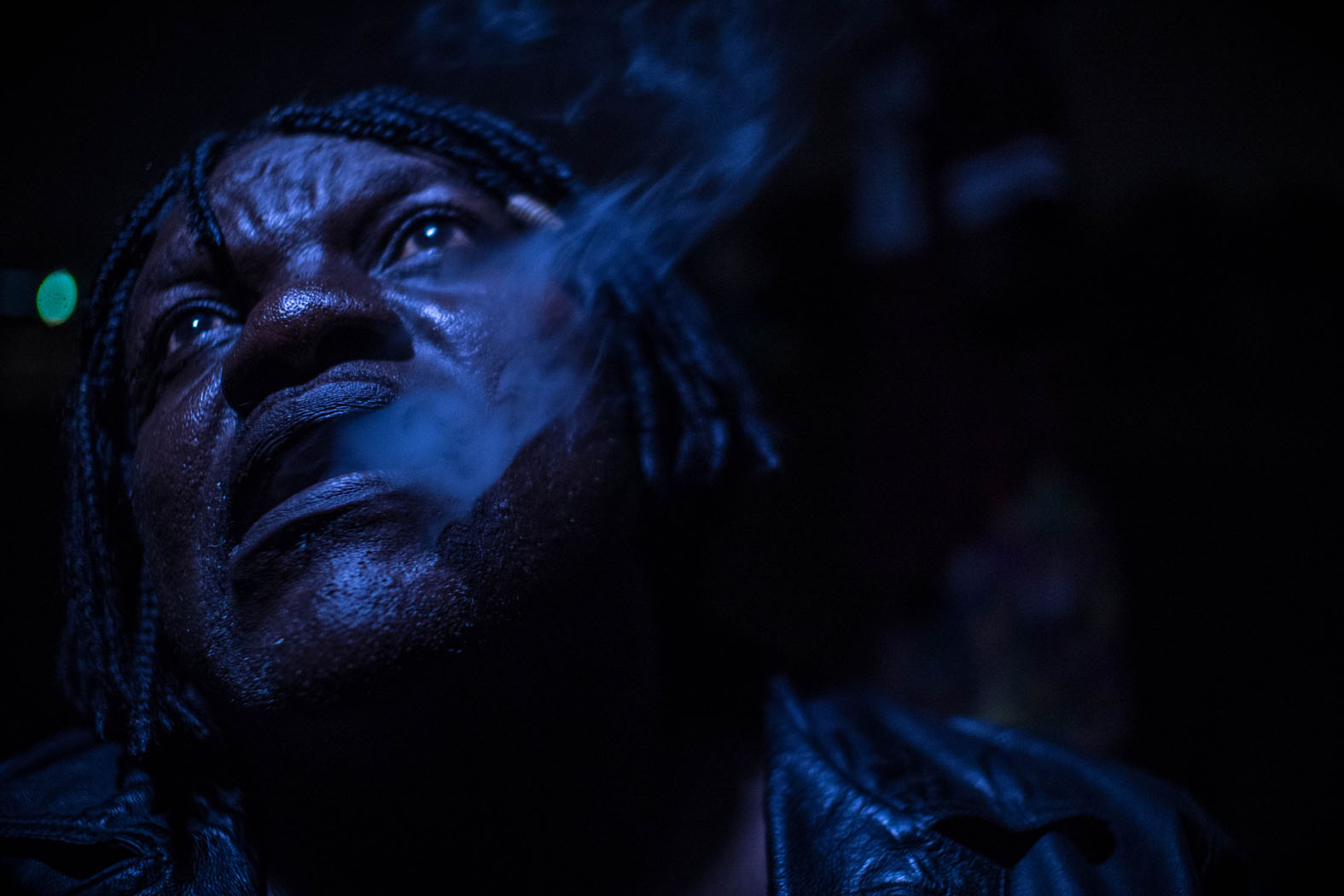
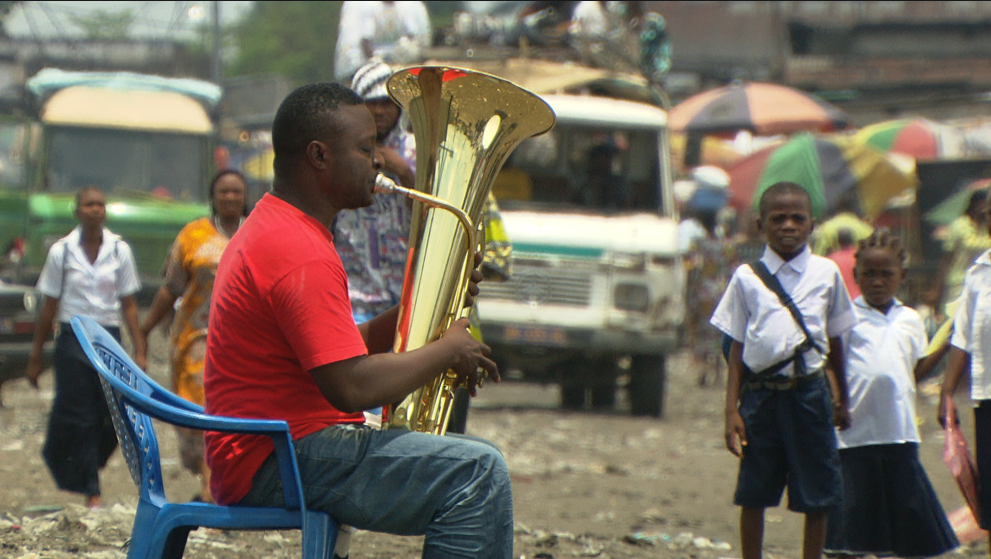

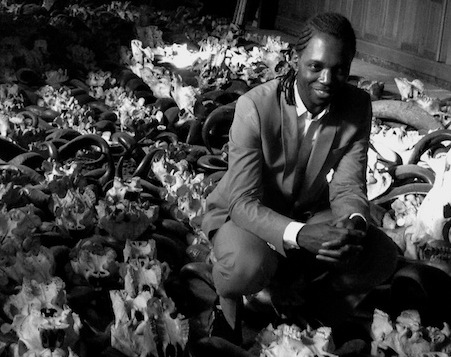
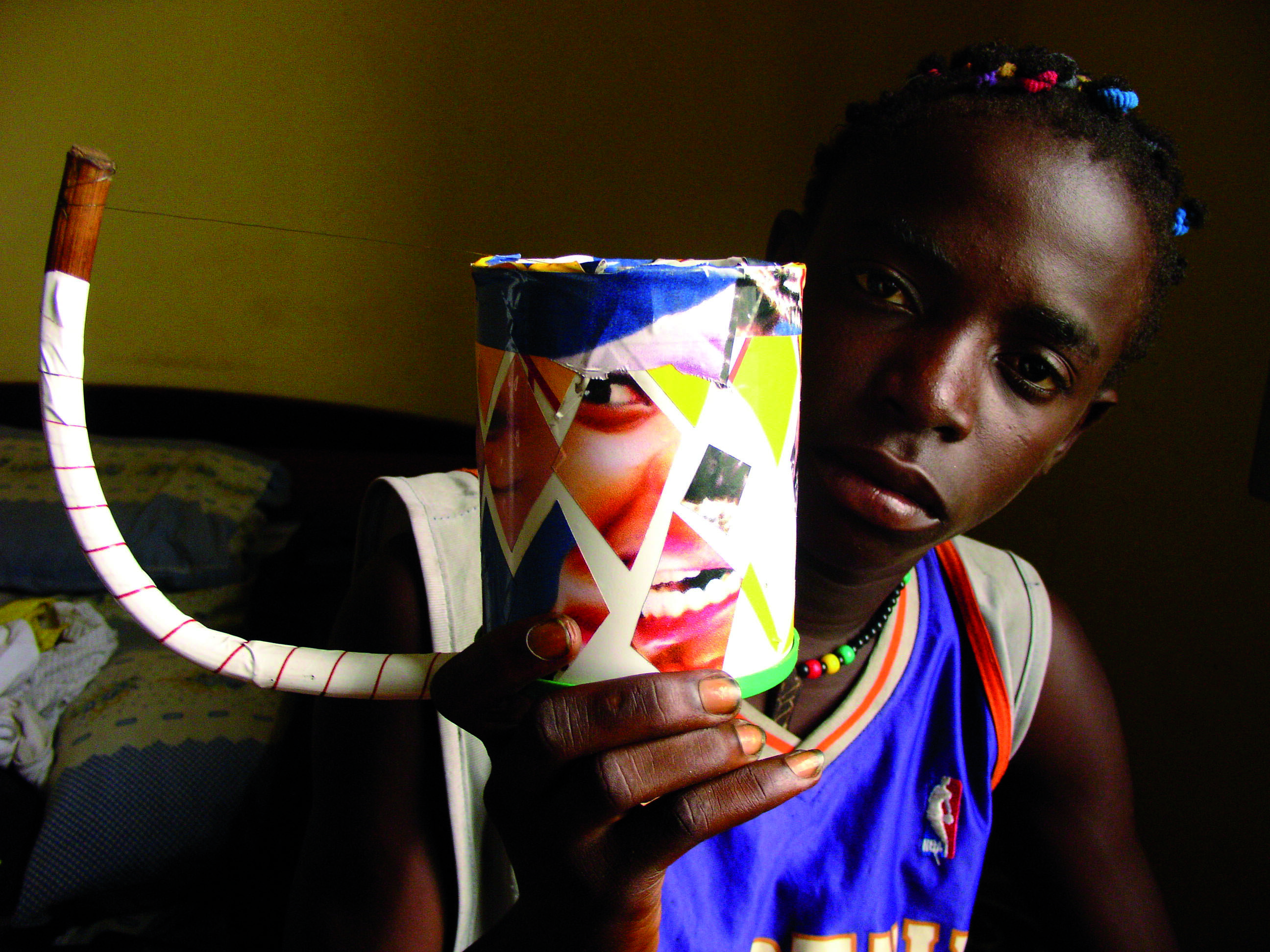
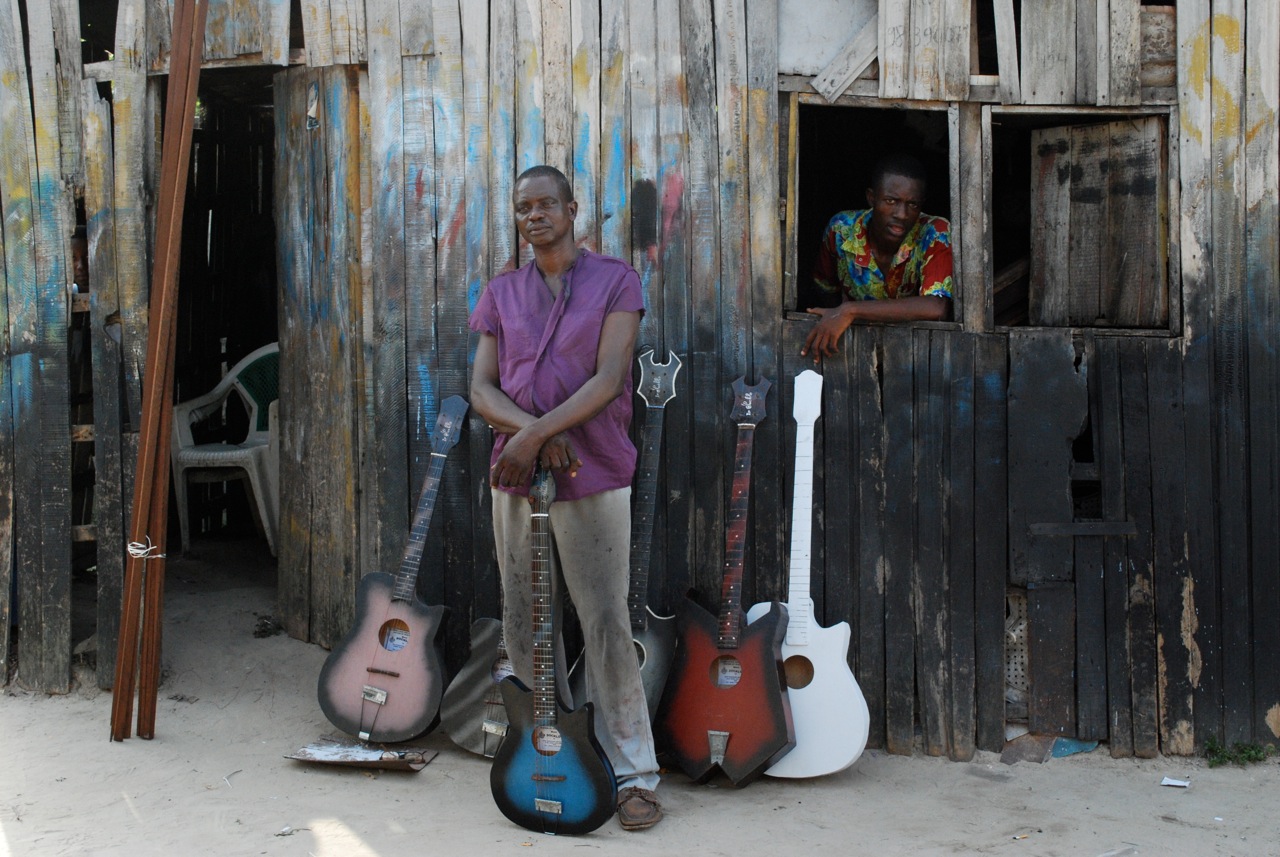
1 comment for “MUSIC CULTURE & CONFLICT IN MALI (extract) – “We have come here to teach you the true faith””